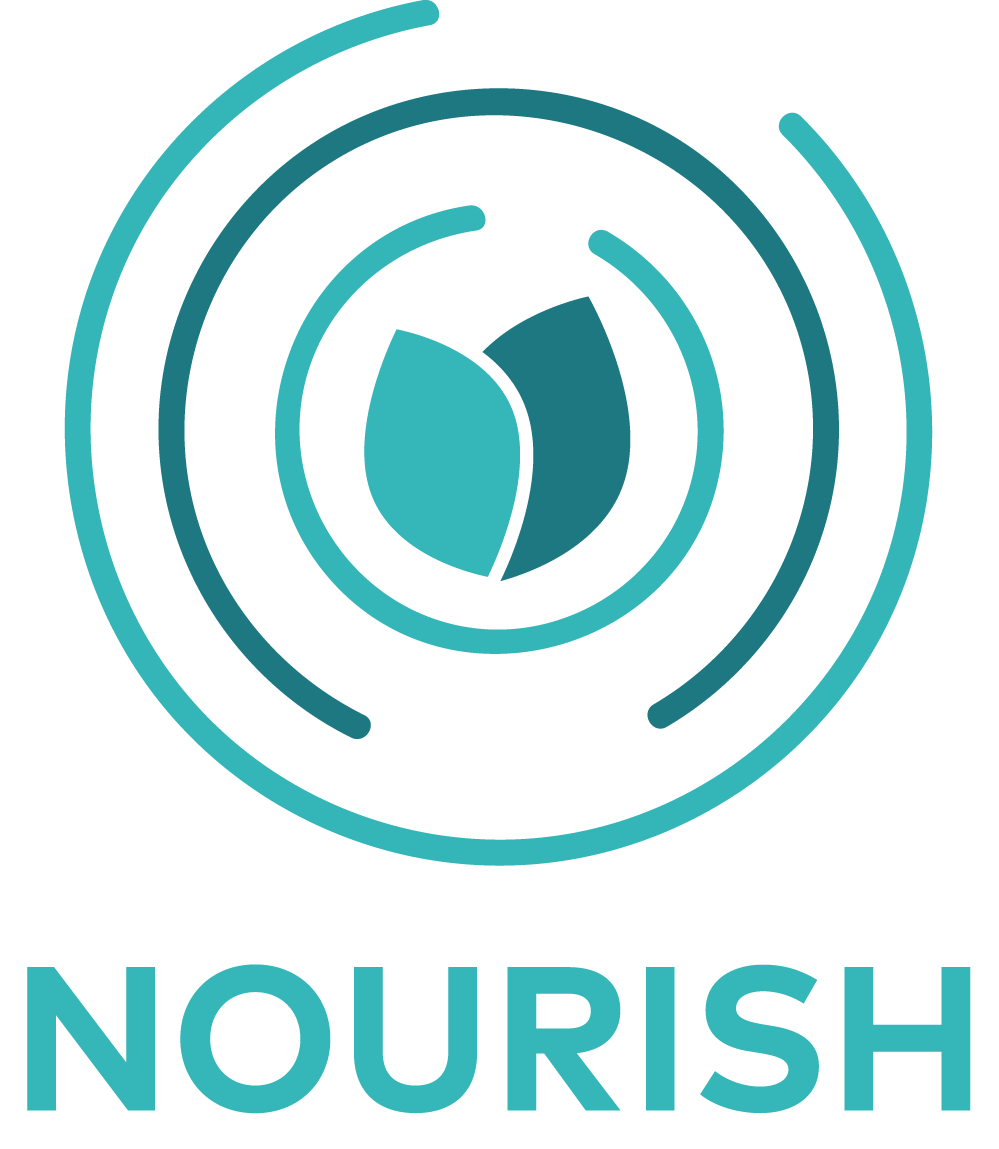The Revised Canada Food Guide (CFG) takes a broad view of healthy eating, moving beyond what to eat to include how to eat - sharing meals with others, more mindful eating and choosing whole foods over processed. Furthermore, a revised Canada Food Guide offers a powerful opportunity to look more closely at food in health care, with the potential to influence the diets of thousands of Canadians a day fed in healthcare facilities, and to model healthy eating practices that can be taken up at the household level.
While the new dietary guidance is relevant in many contexts, it offers an particular opportunity to elevate the importance of food in healthcare. Specialized diets are still needed for many patients in healthcare facilities, but the broader population touched by the healthcare sector can benefit from the new take on healthy eating, including for healthy residents in senior homes, staff, visitors, families and many patients in hospital.
Nourish: The Future of Food in Health Care has been convening a community of 25 food and healthcare innovators from across Canada who are working on many innovative hospital food projects that already align with the new Canada Food Guide.
Healthcare innovators are already modelling new Canada Food Guide recommendations in hospitals
Plant-based diets as the healthier choice
The new Canada Food Guide recommends shifting to more plant-based diets as the healthier choice. Less meat, better meat strategies have effectively been taken up by leading hospitals around the world and we have the opportunity to accelerate this in Canada. To support the transition to more plant-based diets, Annie Marquez at CIUSSS Centre-Sud-de-l’ile-de-Montréal has been developing a sustainable menu guide to help health care facilities source, cook and serve healthy and plant-based meals, building on her own experience reshaping menus for sustainability..
““I feel that the new guide will help healthcare transition to and model more plant-based diets. We hope to be a leader in transitioning to more plant-based proteins that will have benefits for the health of the patient and the planet.” ”
Cooking healthier from scratch
Offering fresh and healthy meals at the hospital through scratch cooking can help reducing saturated fats in highly processed food in hospitals. Increasing in-house cooking enables food services to control what ingredients are used, levels of salt, sugar and saturated fat in meals, and enables better meeting the culturally diverse needs of their patients. For example, Marianne Katusin from Halton Health Care has embraced scratch cooking on site, shifting to 50% of the entrees and soups served to patients being produced in-house and containing local, fresh ingredients.
Chefs at Halton Healthcare preparing patient meals from scratch. (Photo from Marianne Katusin)
““ We’ve always utilized the Canada Food Guide to assist with menu planning, and I think this shift towards less processed foods will benefit us as hospitals explore more in-house scratch cooking.” ”
CELEBRATION OF Cultural food practices
Nutrition and Food Services Cook, Paul Nieman, proudly displays the salmon on bannock sandwich, served in Regina cafeterias in celebration of National Aboriginal Day (Photo from Stephanie Cook)
The new Canada Food Guide recognizes that food is a vital part of Indigenous people’s identity, culture and well-being. As the healthcare sector works to address the Truth and Reconciliation Commission calls to action, it is critical to consider the cultural dimensions of food as fundamental to health and healing. Stephanie Cook, Director of Nutrition Services from the Saskatchewan Health Authority is introducing traditional foods such as Saskatoon berries, bison stew and bannock on the patient menus, using recipes developed in consultation with local indigenous community members.
The Canada Food Guide positions food as a fundamental part of health and healing
Changing food in health care requires more than just changing menus, it requires a whole of hospital approach that brings more value to food. The revised Canada Food Guide can encourage health care institutions to look more closely at the the foods they source and serve to patients and residents as well as what is on offer for staff and visitors. By promoting healthy eating more consistently in all their practices, health care institutions can walk the talk in addressing the rapidly growing rates of diet-related disease and contributing to a healthier population overall.
““When people are hospitalized they need food that is tasty, wholesome and familiar. The new Canada Food Guide recognizes that healthy eating is more than the foods you eat, reminding us of the important role food has in providing comfort, showing we care and contributing to healing.” ”
To get in touch with any of the innovators available for comments on the Revised Canada Food Guide, read the media advisory here.


